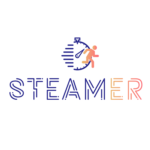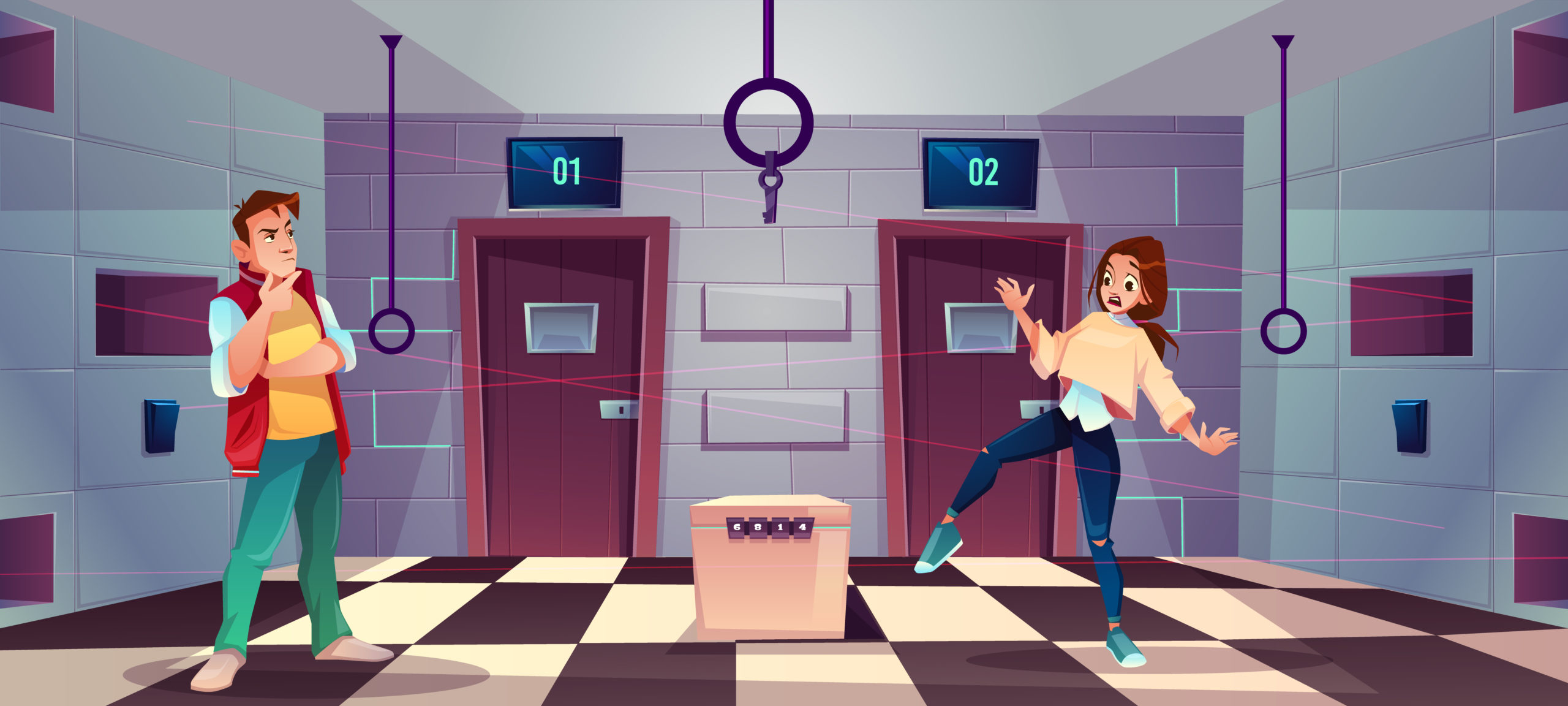A Chinese proverb says: “Give a man a fish, and you feed him for a day. Teach a man to fish, and you feed him for a lifetime.”
Maybe the same concept can be applied to education. Give information to learn by heart one day and your student will only know that. But teach your pupils to analyze, discuss and think critically by themselves and they will be well equipped for a life long learning journey.
Education has long been about a student acquiring a lot of information passively . Even though it has begun to change over the last couple of decades and new tools and techniques are being created every year, education is still very much about a teacher simply passing down information.
A lot has been said about the non-formal approach. However many times it’s easier said than done. So how can we make it easier for teachers to break out from the classical way of education? In the quest to find an answer to this question, our team at Logopsycom decided to investigate the educational potential of Escape Rooms and the possibility of applying it in an Erasmus+ project.
But what are Escape Rooms exactly?
Well, an Escape Room is a game during which a team of players work cooperatively in order to find clues, solve enigmas, puzzles and riddles that will help them to accomplish a particular task in a limited amount of time.
Usually the goal is to break out from a room (hence the name) but this activity can be also in the form of a box, a safe, a card game etc. depending on the scenario. The set will follow a certain theme or have a specific ambiance that corresponds to the scenario: for example, finding a cure to save the world from a pandemia.
Does it sound cool? We believe that the best way to learn something is often to experiment with it ourselves. Using the Escape Room method in the classroom could not only be a very entertaining teaching method, but it also develops several soft skills. It teaches the pupils to think for themselves, to look for information and clues, to solve problems and mysteries, to work as a team, and to value each and everyone’s skills and knowledge.
Teaching STEM (science, technology, engineering and mathematics) is traditionally considered to be hard, very theory based without much hands-on approach.
What could be an educational theme for Escape Rooms in the classroom?
Teaching STEM (science, technology, engineering and mathematics) is traditionally considered to be hard, mainly based on theory without much opportunity for a hands-on approach. Over the last few years we noticed that there is a real need for improvement in STEM education, especially for students with Specific Learning Disorders and girls.
According to the last PISA results from 2018, 21,6% of EU students are low achievers in science, and it is even worse in mathematics, for which the percentage of low achievers amounts to 22.4%. In other words, more than one out of five youngsters in Europe is not equipped with this basic skill necessary for numerous valuable jobs in our current economy.
Due to the situation of low achievements in STEM in school, it is essential to find alternative ways to engage students in these subjects so that they may have all the tools necessary to function in today’s science-based, fast-paced society. Therefore we find Escape Rooms to be an excellent subject to use as a theme for educational purposes in STEM, since the mathematical and scientific formulas can be used in a more concrete and practical setting. With this in mind, at Loogopsycom we rolled up our sleeves, and this is how we started to develop the STEAMER project.
What is STEAMER?
STEAMER is an Erasmus+ project that has the ambition to use, adapt and help create Escape Rooms in order to support the teaching of STE(A)M (Science, Technology, Engineering, (Arts) and Mathematics) to children from 12 to 18 years old, with a special attention allotted to children with Specific Learning Disorders. It involves the collaboration of partners from 6 European countries: Bulgaria, Latvia, Italy, Cyprus, France and Belgium.
And what will this project entail in practice?
In order to achieve these goals, the project partners will develop:
- A digital pedagogical guide available in 6 languages entitled“Escape Rooms For Education”
- A digital creation guide available in 6 languages entitled “How To Create Pedagogical Escape Rooms?”
- 15 lessons packages integrating lessons and escape rooms within the lessons
- An “Escape Classroom Generator” to support the teachers in the creation of new escape rooms with 400 synopsis, tools, advices, and recommendations
- An online training course module
- 10 best practices with descriptions of the implementation of an ER the classroom and/or its creation
In January 2020 we had the pleasure to have our kick-off meeting! Representatives of Logopsycom (Belgium), Citizens in Power (Cyprus), Les Apprimeurs (France), CitadaSkola (Latvia), Work in Progress (Italy) and St Kliment Ohridski (Bulgaria) met in Paris and now we are ready to take up this new challenge!

Visit the project’s website
Suivez le projet sur Facebook: @steamerproject
#STEAMER #éducation #erasmusproject #escaperooms
In collaboration with: Les Apprimeurs, Citizens in Power, CitadaSkola, Work in Progress & St Kliment Ohridski

